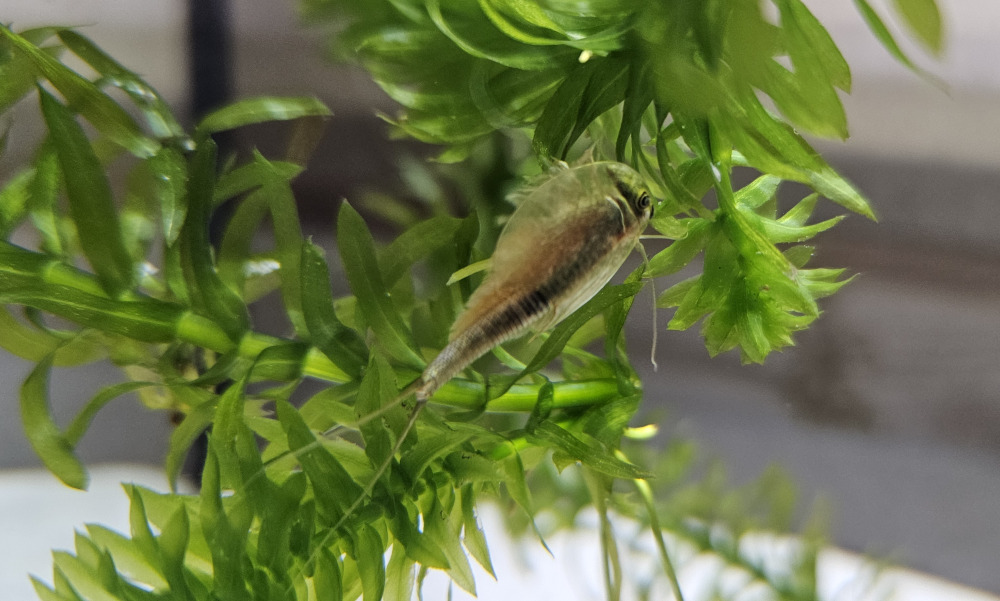Guide
A short expedition into the morphology of Triops
Triops, also known as prehistoric crabs, are fascinating creatures that have populated the earth for millions of years. Their morphological structure is a fascinating topic that captivates not only scientists but also amateur biologists. In this blog post, we embark on a journey of discovery into the world of Triops morphology and explore what makes these fascinating creatures so unique.

The body structure of Triops
Triops have a distinctive body structure that clearly distinguishes them from other crustaceans. Their body is divided into three main segments: the head (cephalon), the trunk (thorax) and the tail (abdomen). These segments are flexibly connected to each other, allowing Triops to move smoothly and explore their surroundings.
The head of the Triops is equipped with a number of fascinating features. Their large, compound eyes enable them to spot their prey and recognise potential dangers. In addition to their eyes, Triops also have two antennae, which help them to orientate themselves in their habitat and track down food.
The trunk of a Triops is covered with a hard, protective armour called the carapace. This armour serves not only as protection against predators, but also as support for the Triops’ musculature, which enables them to move quickly through the water.
The tail of a Triops is equipped with long, delicate fins that give them extra propulsion and allow them to move effortlessly through the water. These fins are an important part of the Triops’ morphology and contribute significantly to their manoeuvrability.
The adaptability of Triops
One of the most fascinating characteristics of Triops morphology is its adaptability to different environments. Triops can be found in a variety of habitats, including temporary puddles, lakes, rivers and even salty waters such as salt lakes. This remarkable ability to adapt to different environmental conditions has helped Triops survive on Earth for millions of years.
Another interesting aspect of Triops morphology is their ability to regenerate. Triops are able to restore lost limbs and even parts of their body if they are damaged. This regenerative ability is a fascinating phenomenon that continues to pique the curiosity of scientists around the world.
Triops morphology – Conclusion
The morphology of Triops is a fascinating subject that offers a deep insight into the evolution and adaptability of these remarkable creatures. Their unique body structure and remarkable abilities make them a fascinating subject of study for scientists and an exciting topic for anyone interested in the wonders of nature. As we continue to explore the mysteries of Triops morphology, we can be sure that these fascinating creatures still have many surprises in store for us.
- Triops – Survivors of prehistoric times, heroes of the universe - 17. April 2025
- Aquaristics in Italy – Underwater passion between the Dolce Vita and the Mediterranean - 12. April 2025
- Palaeontology: Giant penguins discovered in Peru - 2. April 2025